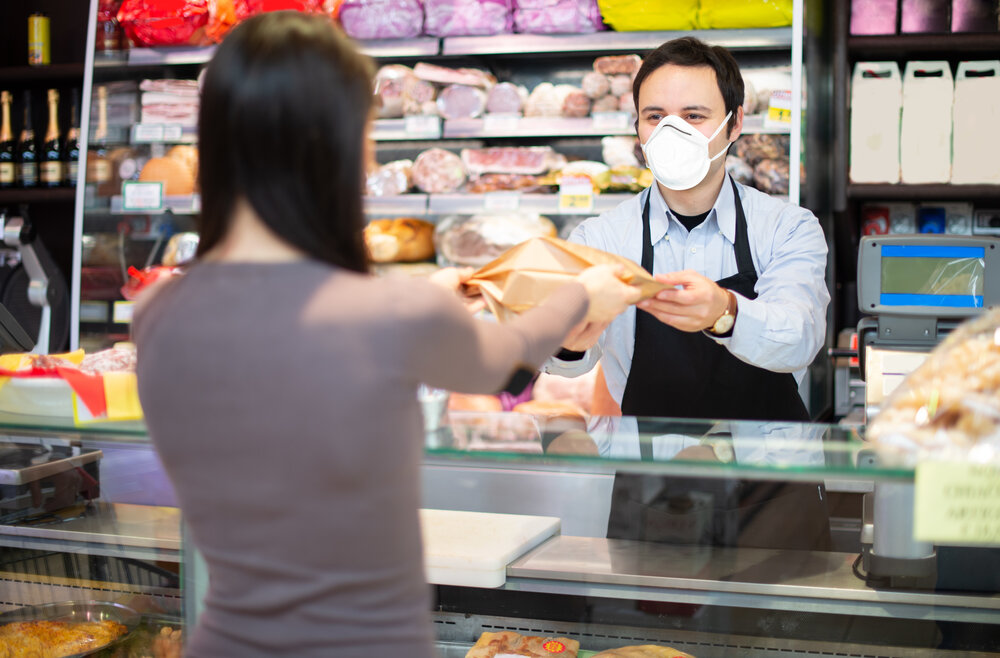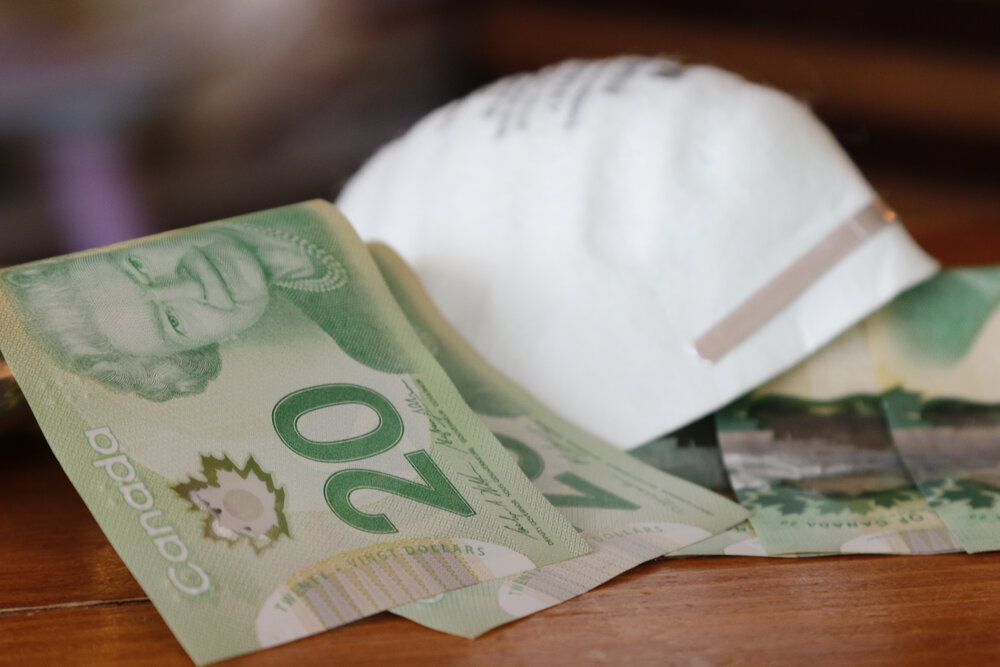Sylvain Charlebois: The End of ‘Hero Pay’ for Grocery Workers in Canada an Operational Necessity

The “hero pay” is quietly fading away in grocery stores and food distribution centers. In fact, the American-based Kroger chain, among others, even asked employees to return the extra money they received but has since backed off
by Sylvain Charlebois – Retail-Insider
Quite the reversal from 10 weeks ago. It appears higher salaries in grocery stores were short-lived. It is not overly surprising, given the high-volume, low-margin nature of the business, but it will likely create a rift between employees and companies.
American retailers like Target, Walmart, Whole Foods, Costco, Sprouts, and Kroger implemented “hero pay” early on during the pandemic. In Canada, Sobeys, Quebec-based Metro, Vancouver-based Save-On Foods, and Loblaws did the same thing. Sobeys is giving its workers “hero pay” of $50 for every employee, and $2 an hour for staff working more than 20 hours a week. Loblaws is giving all its staff an additional $2 an hour.
“COVID-19 made us realize that many whose jobs are too important to shut down are the ones making the least money”
Most of these programs, however, will likely end in May or June. Some grocers like Sobeys have announced that they plan to reassess the program at some point. Calgary Co-op announced it was eliminating its COVID-19 wage stipend program for front-line employees on May 30. More than a dozen grocers in the United States have announced that they will not be renewing their pledge to workers either. The idea of offering some sort of danger pay to front-line workers in the food industry is clearly losing steam. Chances are these stipends will not survive the summer, and perhaps not even the possible second COVID-19 wave.
The economics of pay increases at retail are always weak, especially in food retailing. With such low margins, these stipends were offered simply to keep enough staff around and not have operations affected by higher absenteeism rates. It worked for a while, but COVID-19 fears are slowly fading away. But so is the need to incentivize employees to show up for work. The COVID-19 fear factor is diminishing. The money will instead be spent on PPEs and other protective shields, which are likely to remain in place for a while. This seems to be where things are going. Disappointing for employees, but not surprising.
The average salary in a Canadian grocery store is less than $30,000 or $15 per hour. An employee would start at around $13 an hour. The highest paid employees could earn almost $50,000 a year, tops. The “hero pay” represents a 10% to 15% increase in pay. Given that the average grocery store in Canada would employ about 80 full-time employees and that payroll represents roughly 30% of costs to operate, the “hero pay” essentially made the average store almost unprofitable.
At the beginning of the pandemic, sales came out of nowhere, so salaries were not an issue. Now, numbers just do not make sense for the initiative to remain sustainable. The only way to make it work, of course, is to increase food prices. Food inflation could push food prices higher for a while, but there may not be enough room for higher wages. Grocers also need to think about e-commerce as we maneuver thought the COVID era. That will bring its own load of extra costs as well.
COVID-19 made us realize that many whose jobs are too important to shut down are the ones making the least money. And many are public-facing jobs with higher risks of contracting diseases. Mostly women, students, seniors, people who often need a second job occupy these positions. For the first time ever, grocery clerks and front-line workers in food distribution were considered heroes and were praised constantly. Higher wages over time would have redefined many of these roles and would have allowed grocers to attract a different crop of talent, not just those simply looking for a job.
Also, the idea of labelling it “hero” pay was never going to end well. As businesses gets back to normal, grocers must get their expenses, including pay, back to normal as well. But normal will not be the same coming out of COVID-19. The grocery landscape will probably change, with fewer stores and fewer SKUs due to higher distribution costs. Grocers could potentially afford to pay employees more to support a different business model, one focused on analytics and omni channels. To support bold ambitions, hiring talent can only make sense, and that always comes at a cost. Ending stipends in grocery stores may be a missed opportunity. Let’s hope this does not happen across the sector.
Dr. Sylvain Charlebois is Dean of the Faculty of Management at Dalhousie University in Halifax. Also at Dalhousie, he is Professor in food distribution and policy in the Faculty of Agriculture. His current research interest lies in the broad area of food distribution, security and safety, and has published four books and many peer-reviewed journal articles in several publications. His research has been featured in a number of newspapers, including The Economist, the New York Times, the Boston Globe, the Wall Street Journal, Foreign Affairs, the Globe & Mail, the National Post and the Toronto Star. Follow him on twitter @scharleb.













